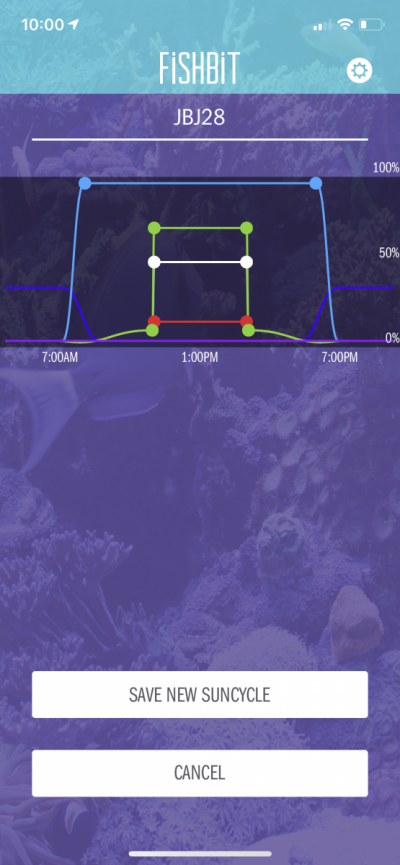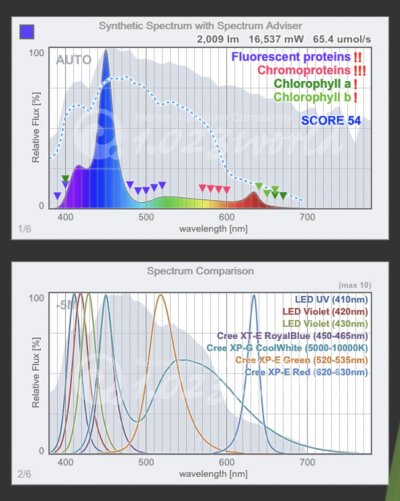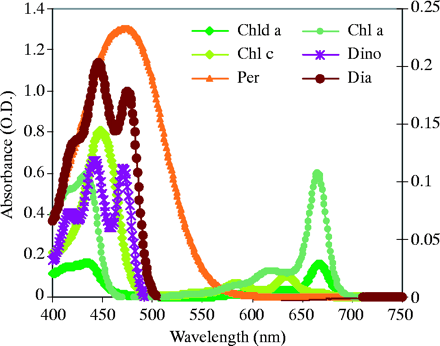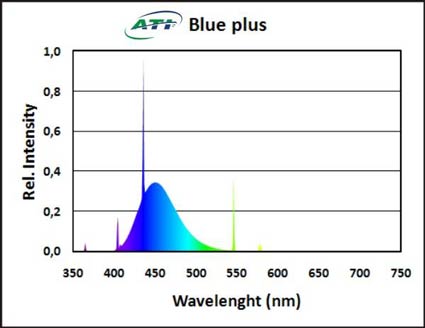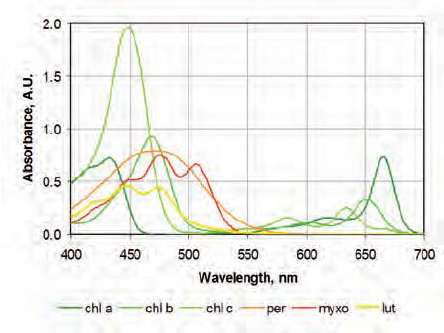So I have a topless JBJ 28 gal Nano cube (cue the whistles and cat calls)
I’ve been out of the hobby and had plans getting back in 2015, just got back in as of 2020 August. Built a great mostly SPS tank. Using the Rapid LED Corona, I have used the basic prebuilt geographic sun cycles. Tell you the truth, I wish I had a different light like a G4 or anything else. It’s hard to tune lights that you don’t have access to a knowledge base. Plenty of examples of lighting schedules online.
So you can pick a geolocation and it will imitate the light in that area. Or schedule out what you want in the sun cycle mode. I’ve seen other posts that say the par values are as much as a G4.
My biggest problem I have no idea how to tune these lights exactly. I am open to you guy’s advice. Just want what everyone else wants, healthy colorful corals. They (corals) are doing OK now. Want to make sure I get all that can be obtain from this light. Here’s the specs—
6 Independently controllable LED channels as follows:
16 CREE XT-E royal blue LEDs
10 CREE XP-G3 cool whtie LEDs
4 SemiLEDs Violet UV LEDs + 4 SemiLEDs Hyper Violet LEDs
2 CREE XP-E Photo Red LEDs
2 CREE XP-E2 Green LEDs
2 royal blue moonlights
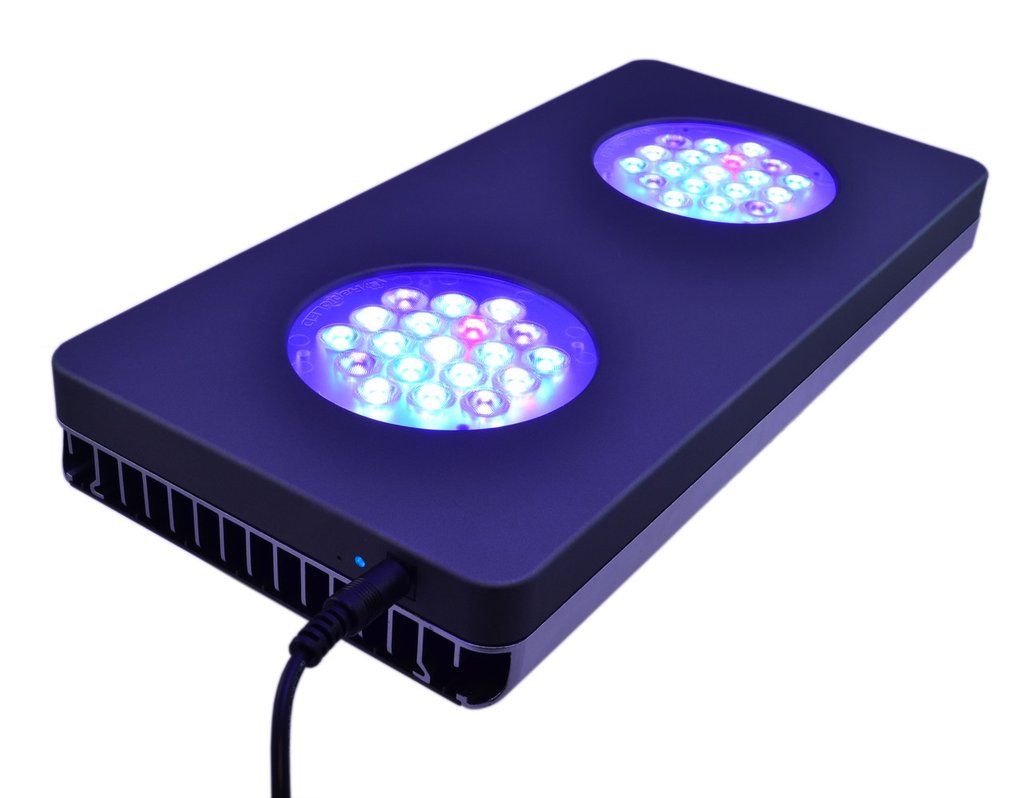
 oceanreefsmarine.com.au
oceanreefsmarine.com.au
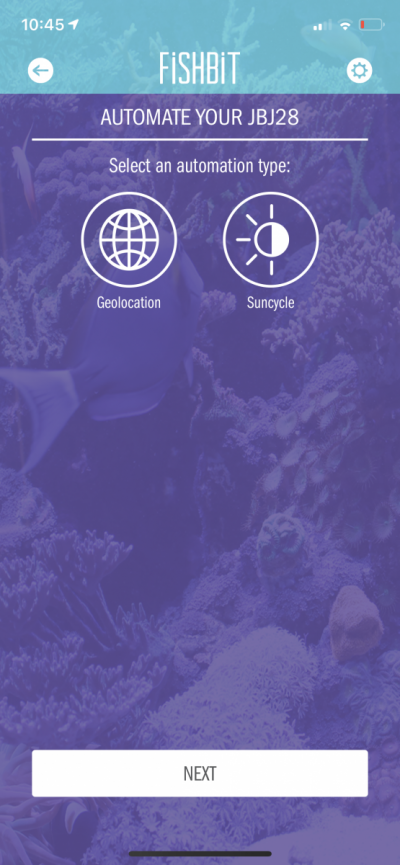
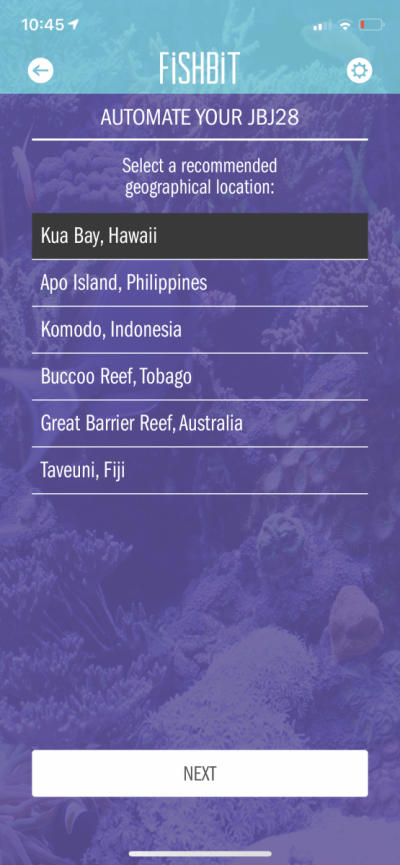
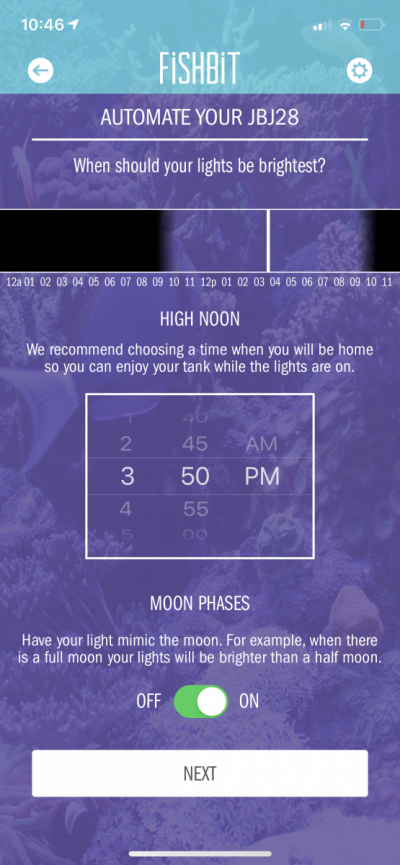
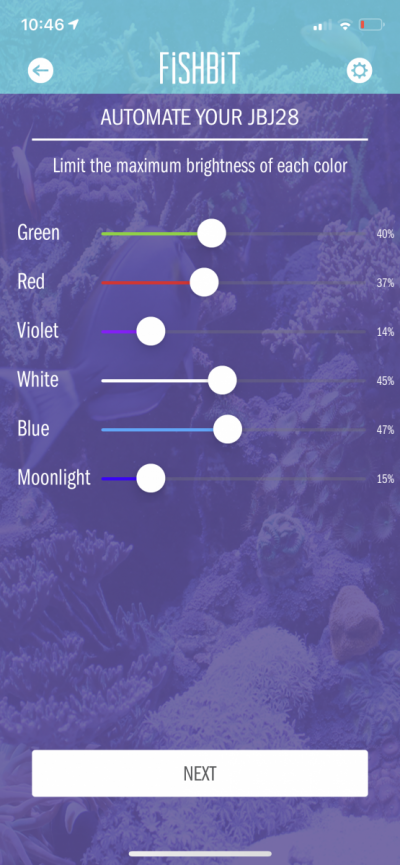
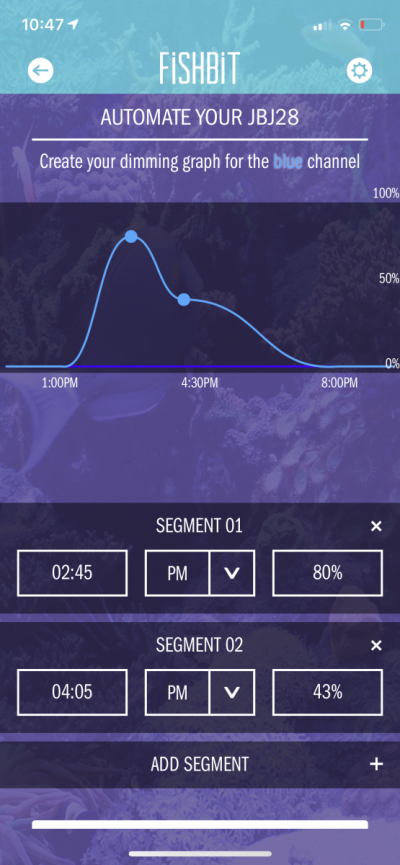
I’ve been out of the hobby and had plans getting back in 2015, just got back in as of 2020 August. Built a great mostly SPS tank. Using the Rapid LED Corona, I have used the basic prebuilt geographic sun cycles. Tell you the truth, I wish I had a different light like a G4 or anything else. It’s hard to tune lights that you don’t have access to a knowledge base. Plenty of examples of lighting schedules online.
So you can pick a geolocation and it will imitate the light in that area. Or schedule out what you want in the sun cycle mode. I’ve seen other posts that say the par values are as much as a G4.
My biggest problem I have no idea how to tune these lights exactly. I am open to you guy’s advice. Just want what everyone else wants, healthy colorful corals. They (corals) are doing OK now. Want to make sure I get all that can be obtain from this light. Here’s the specs—
6 Independently controllable LED channels as follows:
16 CREE XT-E royal blue LEDs
10 CREE XP-G3 cool whtie LEDs
4 SemiLEDs Violet UV LEDs + 4 SemiLEDs Hyper Violet LEDs
2 CREE XP-E Photo Red LEDs
2 CREE XP-E2 Green LEDs
2 royal blue moonlights

Rapid LED Corona
The next generation of lighting from Rapid LED has arrived! Introducing the Corona, our wifi controlled full spectrum LED fixture. Each fixture has 38 LEDs, 5 channels of independent control plus moonlights (2), and a wifi enabled controller built into each fixture meaningn no more dimming...









